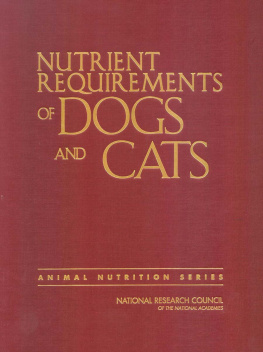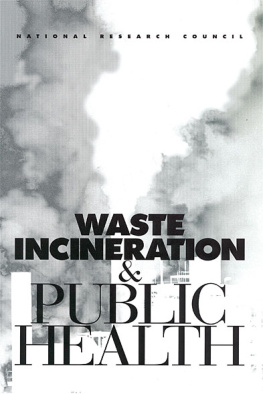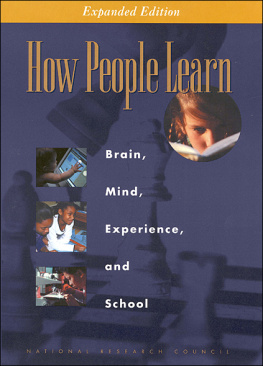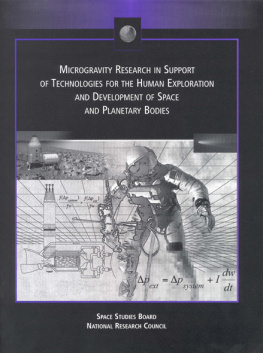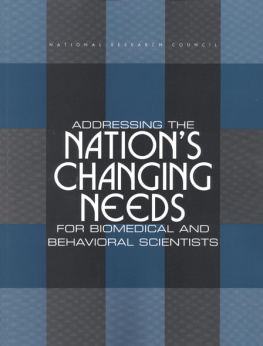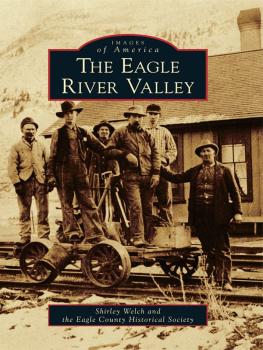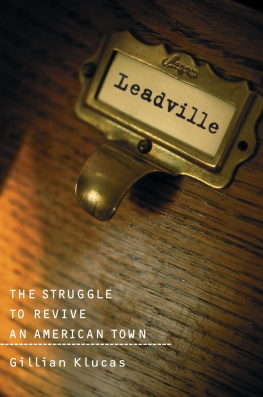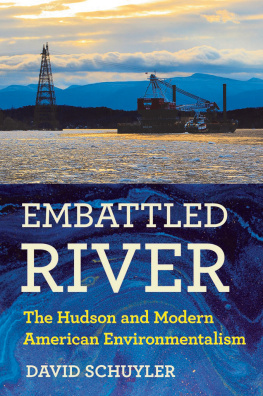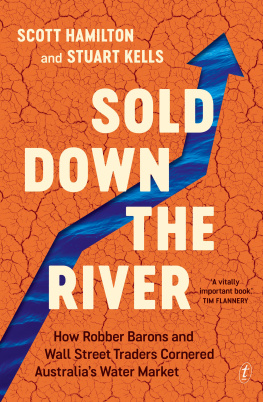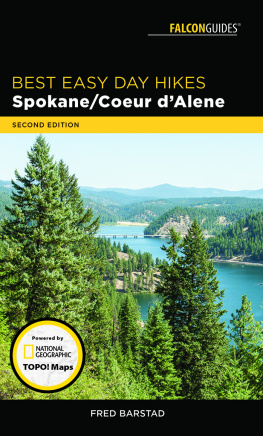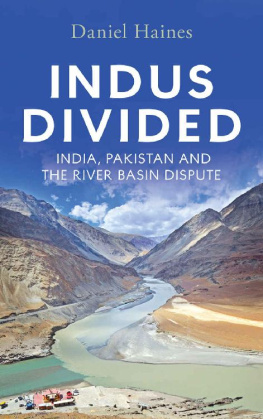National Research Council - Superfund and Mining Megasites: Lessons from the Coeur dAlene River Basin
Here you can read online National Research Council - Superfund and Mining Megasites: Lessons from the Coeur dAlene River Basin full text of the book (entire story) in english for free. Download pdf and epub, get meaning, cover and reviews about this ebook. year: 2005, publisher: National Academies Press, genre: Romance novel. Description of the work, (preface) as well as reviews are available. Best literature library LitArk.com created for fans of good reading and offers a wide selection of genres:
Romance novel
Science fiction
Adventure
Detective
Science
History
Home and family
Prose
Art
Politics
Computer
Non-fiction
Religion
Business
Children
Humor
Choose a favorite category and find really read worthwhile books. Enjoy immersion in the world of imagination, feel the emotions of the characters or learn something new for yourself, make an fascinating discovery.

- Book:Superfund and Mining Megasites: Lessons from the Coeur dAlene River Basin
- Author:
- Publisher:National Academies Press
- Genre:
- Year:2005
- Rating:4 / 5
- Favourites:Add to favourites
- Your mark:
Superfund and Mining Megasites: Lessons from the Coeur dAlene River Basin: summary, description and annotation
We offer to read an annotation, description, summary or preface (depends on what the author of the book "Superfund and Mining Megasites: Lessons from the Coeur dAlene River Basin" wrote himself). If you haven't found the necessary information about the book — write in the comments, we will try to find it.
For more than 100 years, the Coeur d Alene River Basin has been known as The Silver Valley for being one of the most productive silver, lead, and zinc mining areas in the United States. Over time, high levels of metals (including lead, arsenic, cadmium, and zinc) were discovered in the local environment and elevated blood lead levels were found in children in communities near the metal-refining and smelter complex. In 1983, the U.S. Environmental Protection Agency (EPA) listed a 21-square mile mining area in northern Idaho as a Superfund site. EPA extended those boundaries in 1998 to include areas throughout the 1500-square mile area Coeur dAlene River Basin project area. Under Superfund, EPA has developed a plan to clean up the contaminated area that will cost an estimated $359 million over 3 decadesand this effort is only the first step in the cleanup process. Superfund and Mining Megasites: Lessons from Coeur dAlene River Basin evaluates the issues and concerns that have been raised regarding EPAs decisions about cleaning up the area. The scientific and technical practices used by EPA to make decisions about human health risks at the Coeur dAlene River Basin Superfund site are generally sound; however, there are substantial concerns regarding environmental protection decisions, particularly dealing with the effectiveness of long-term plans.
National Research Council: author's other books
Who wrote Superfund and Mining Megasites: Lessons from the Coeur dAlene River Basin? Find out the surname, the name of the author of the book and a list of all author's works by series.

